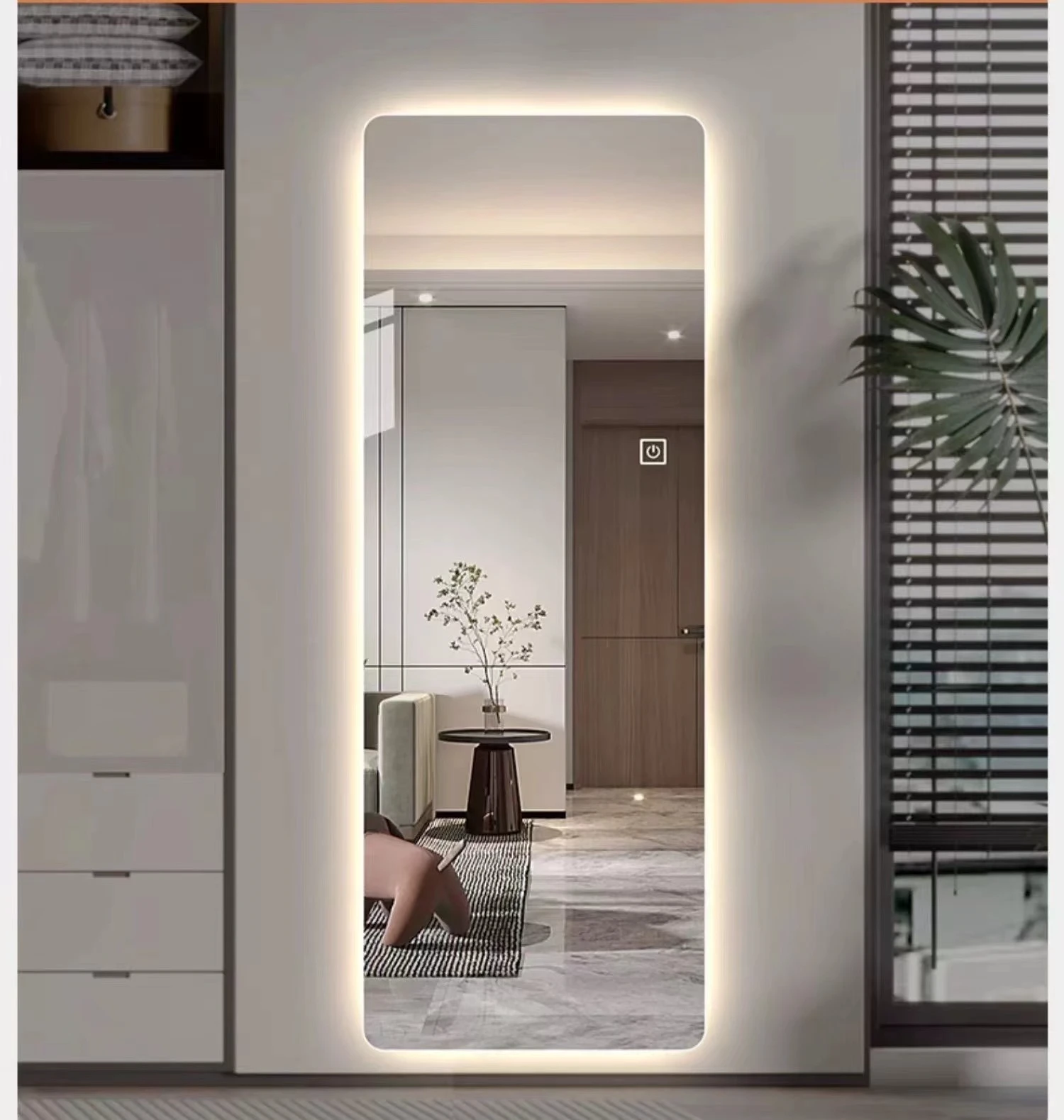

Understanding Triple Low-E Glass The Future of Energy Efficiency in Building Design
In recent years, the demand for energy-efficient building materials has surged, leading to significant advancements in glazing technologies. One of the most remarkable innovations in this field is triple low-emissivity (Low-E) glass. As we delve into the intricacies of this advanced glazing option, it becomes clear why triple low-E glass is rapidly becoming a go-to choice for architects, builders, and homeowners aiming to enhance energy efficiency and comfort in their living spaces.
What is Triple Low-E Glass?
Low-E glass is treated with a microscopic coating that reflects infrared energy while allowing visible light to pass through. The triple in triple low-E glass signifies that there are three layers of glass, separated by argon or krypton gas, which further enhances insulative properties. This design significantly improves thermal performance compared to single or double-glazed windows. By minimizing heat transfer, triple low-E glass reduces the reliance on heating and cooling systems, ultimately leading to lower energy bills.
Energy Efficiency Benefits
The primary appeal of triple low-E glass lies in its energy efficiency. During the winter months, it retains heat within the building, preventing warmth from escaping to the cold outside. Conversely, during the summer, it reflects heat away, keeping interior spaces cooler. This dual functionality ensures that buildings remain comfortable year-round, regardless of climate conditions.
Understanding Triple Low-E Glass The Future of Energy Efficiency in Building Design
Enhancements in Comfort and Aesthetics

Beyond energy savings, triple low-E glass significantly enhances indoor comfort. One common issue with traditional windows is the cold drafts and hot spots created by temperature fluctuations. The superior insulating properties of triple low-E glass help maintain a consistent indoor temperature, eliminating discomfort caused by cold or hot surfaces.
Additionally, the aesthetic appeal of triple low-E glass cannot be overlooked. It comes in a variety of styles and finishes, allowing builders and designers to retain their desired architectural vision without compromising performance. The clarity and quality of light that low-E glass allows can also create inviting spaces that enhance the overall ambiance of a building.
Environmental Impact
As society becomes increasingly aware of environmental issues, the building industry is under pressure to adopt more sustainable practices. Triple low-E glass is a sustainable choice, significantly lowering a building's carbon footprint. As buildings account for a considerable portion of global energy consumption, implementing materials that reduce energy use is critical.
Furthermore, manufacturers of low-E glass are now adopting environmentally friendly production methods and materials, further enhancing the sustainability of this glazing technology. Selecting triple low-E glass for new constructions or renovations allows property owners to make educated choices that benefit not only their immediate surroundings but the broader environment as well.
Conclusion
In an era where energy efficiency and sustainability are at the forefront of construction and design, triple low-E glass emerges as a smart solution for modern building needs. Its numerous advantages, including improved energy performance, enhanced comfort, aesthetic flexibility, and significant environmental benefits, make it an optimal choice for residential and commercial structures alike.
As technology continues to evolve, the construction industry must embrace innovative materials like triple low-E glass to create spaces that are not only beautiful but also responsible. Making the switch to triple low-E glass represents a commitment to sustainability and energy efficiency, paving the way for a more eco-conscious future. Whether you’re designing a new home or optimizing an existing one, integrating triple low-E glass is a step towards a better, greener tomorrow.